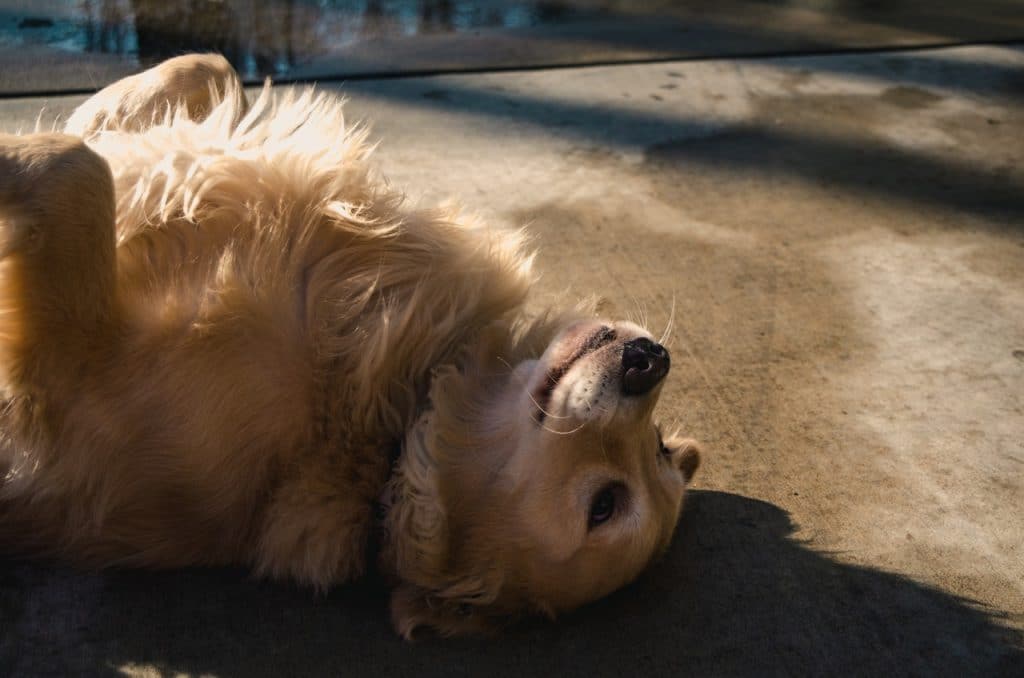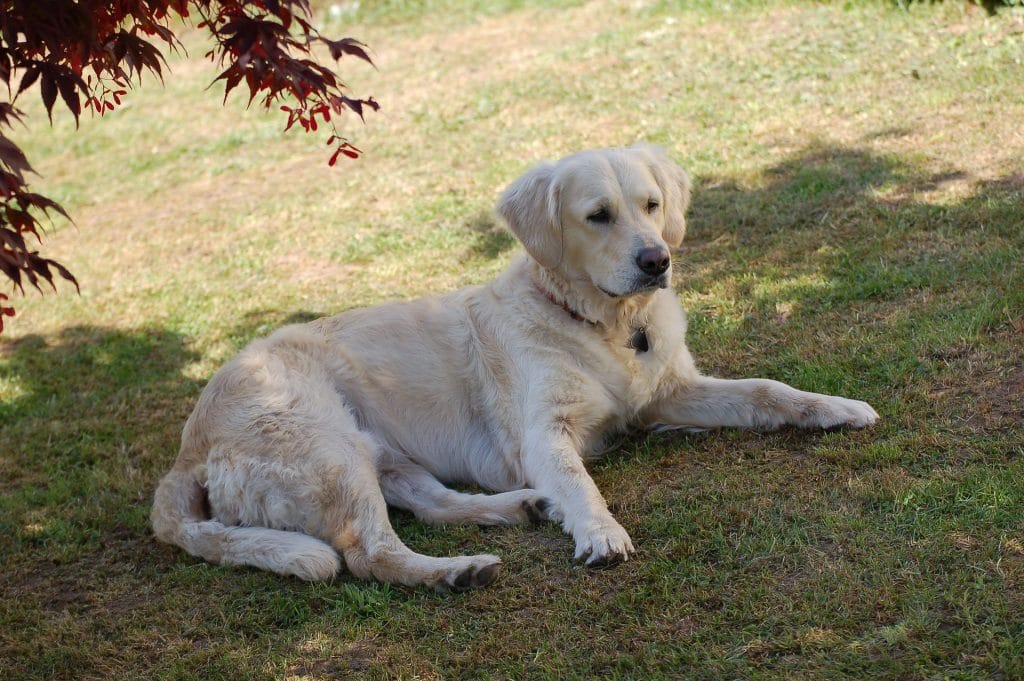Animals require medical attention the same way that humans do. Dogs and cats have specific medicines that can cure their illness and ease their discomfort. However, unknown to most people, Cardio Pulmonary Resuscitation (CPR) such as dogs and cats.
When comparing the survival rate of humans to those of dogs and cats after CPR was performed, it is evident that more humans are revived by CPR compared to cats and dogs. By acquiring an AED CPR certification online, owners have the necessary skills to rescue not just their pets but also the rest of the family.
Although the same kind of aid is performed on dogs and cats, the execution has a slight difference from the way CPR is performed on humans. If you want to know how to provide CPR to your dogs or cats, keep on reading!

Secure the area
Before anything else, make sure that your pet is in a safe space. You can place them on top of a blanket or any soft material that they can lie on.

Check for any response
Inspect if the dog or cat is conscious and responsive. To confirm if the animal is unconscious, see if there is a pulse and check the chest area if it is rising up and down. By positioning a hand in front of the nuzzle, possible signs of breathing can be easily indicated. Lastly, assess the color of their gums. If the color of your pet’s gums is blueish, then your pet is truly in need of CPR.

Examine every air passage
If it is confirmed that the animal is unconscious, immediately check his/her airways by extending both the neck and head. Afterward, pull out its tongue to see if there could be any possible obstructions such as bones or chew toys.

Dislodge obstructions
If there are any objects that are blocking the airway, dislodge them using fingers. For a precise grip, use a pair of pliers or tongs for tiny obstructions.
Use the Heimlich maneuver if the blockage is hard to dislodge. When administering this technique, just make sure that you do not damage the bones in the throat in the process.

Commence rescue breathing
When doing this, position your pet on its side and lift the chin in order to straighten out its throat. Afterward, firmly (but gently at the same time) grip its nozzle to hold the mouth shut with one hand. Completely put your mouth over its nose and gently blow, then check if the chest is expanding. Adjust the strength of your blow based on the size of the dog. Remember to only blow enough air to expand its chest and make sure that the blow is not too strong nor too weak.
Before the next blow, make sure that the air has already left the lungs. For precise timing, provide the rescue breath every three seconds, which totals to 20 rescue breaths per minute. Repeat these steps until it becomes capable of breathing on its own.

Start CPR
In the absence of a heartbeat, your dog then needs to be provided with CPR. Administering CPR is better done with two people, one will sustain the steps for rescue breathing while the other one will handle the chest compressions. Make sure to follow the sequence of three compressions after each breath.
In the event that only one person can issue both the rescue breathing and chest compression, follow the pattern of one rescue breath after five compressions.
CPR for humans has a distinction on how it is done for infants and for adults. The same goes for animals – CPR for puppies, small breeds, and cats is different from the way it is done for moderate-sized-large dogs.

CPR for small dogs and cats (below 30 pounds)
First, position the palm on the rib cage, specifically on top of the heart. For puppies and kittens, place a thumb on one side and position the remaining fingers on the other side. Begin the compression by squeezing the area and maintain a stable rate of 80 to 100 compressions per minute.

CPR for medium-sized to large dogs (above 30 pounds)
Unlike the process for small dogs, place your hand on the other and position it on top of the widest section of the rib cage, not over the heart.
Afterward, lock your arms straight and push down to almost ¼ of the width to deliver compressions. Compression rates must be stable at 80 compressions per minute. These steps are repeated until the animal’s heartbeat and breathing become steady.
Key Takeaway
Just like humans, animals also need medical assessment and care. There may be some modifications with the administration of the aid due to biological differences, but the goal is the same. CPR provides manual circulation of oxygenated blood from the heart to the brain and back to the heart – similar to the CPR done to humans where the results could be fatal if it is not administered within mere seconds from the cardiac or respiratory failure.
If you want to learn how you can save your beloved pets in case of emergencies, signing up for a CPR first aid online certification can equip you with the necessary skills.